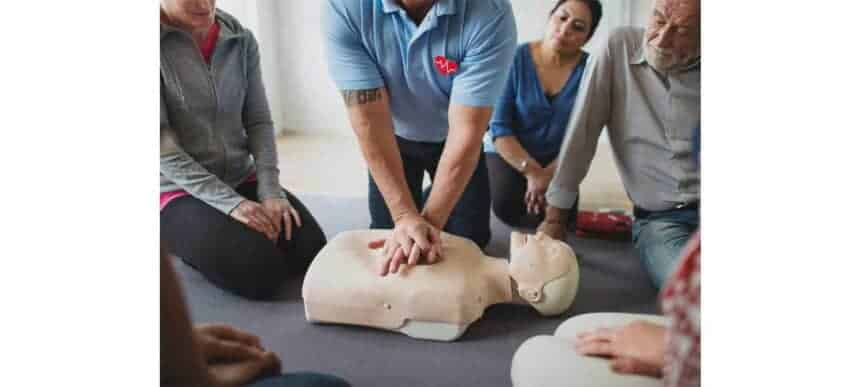But what if you had the power to make a real difference? Knowing basic first aid can be the game-changer in those critical moments, allowing you to act quickly and confidently to help someone in need. From treating minor cuts to managing serious, life-threatening injuries, first aid is an incredibly powerful tool that can save lives. And the best part? It’s easier to learn than you think.
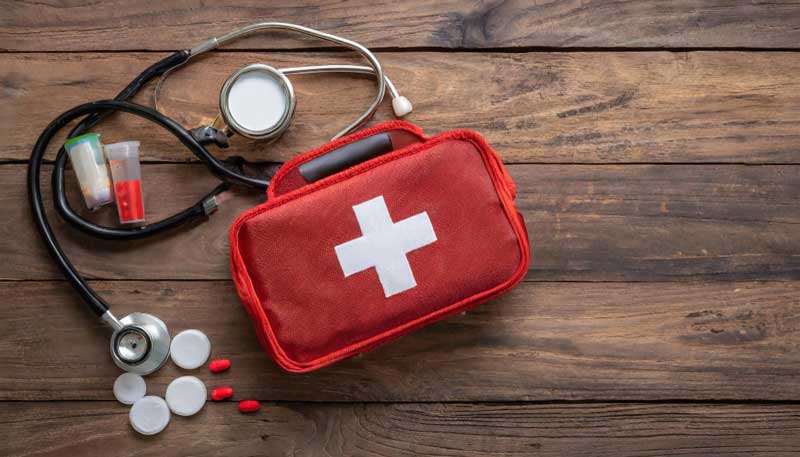
Key Takeaways:
- Act Quickly: In emergency situations, every second counts. Knowing basic first aid techniques enables you to respond rapidly and effectively, which can greatly improve outcomes.
- Minor to Serious Injuries: First aid skills are not limited to treating minor cuts and scrapes. They also equip you to manage serious injuries, such as bleeding, broken bones, and cardiac arrests.
- Empowerment through Knowledge: Having first aid knowledge empowers you to take control in emergency situations, reducing feelings of panic and uncertainty.
- Versatility in Any Situation: First aid skills are versatile and can be applied in various scenarios, from workplace accidents to natural disasters, and even in everyday life.
- Lifesaving Impact: Mastering basic first aid techniques can literally be the difference between life and death, making it an necessary skill for anyone to possess.
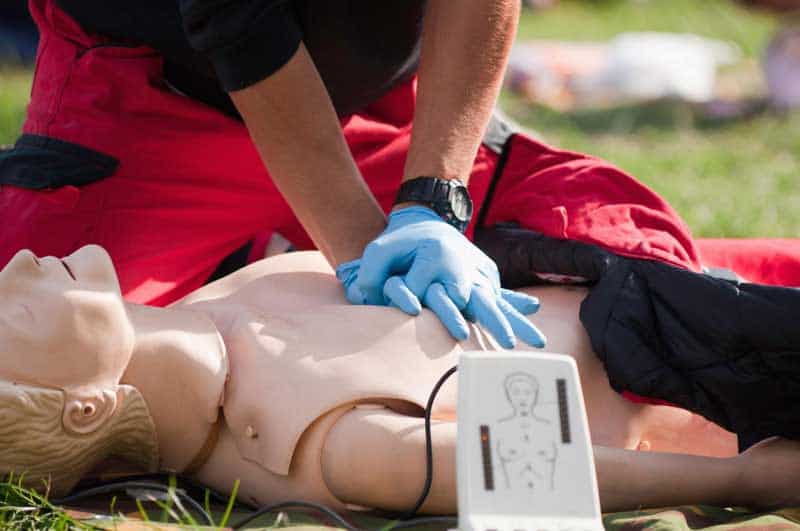
CPR (Cardiopulmonary Resuscitation)
For anyone who’s ever witnessed a medical emergency, the thought of performing CPR can be daunting. But trust us, it’s a skill worth mastering. After all, every minute counts when someone’s heart stops beating, and knowing CPR can mean the difference between life and death.
When to Administer CPR
With cardiac arrests happening suddenly and without warning, it’s crucial to recognize the signs. If someone is unresponsive, not breathing, or only gasping for air, don’t hesitate – start CPR immediately.
The Correct Technique
For effective CPR, proper technique is key. Start by calling 911 or your local emergency number, then begin chest compressions. Place the heel of one hand on the center of the person’s chest, with your other hand on top, and push down to a depth of 2-3 inches at a rate of 100-120 compressions per minute.
Another crucial aspect of CPR is rescue breaths. After every 30 compressions, give two breaths, each lasting about one second. Make sure the person’s airway is open and their chest rises with each breath. Note, the goal is to keep oxygen flowing to the brain and other vital organs. By following these steps, you’ll be giving the person their best chance of survival.
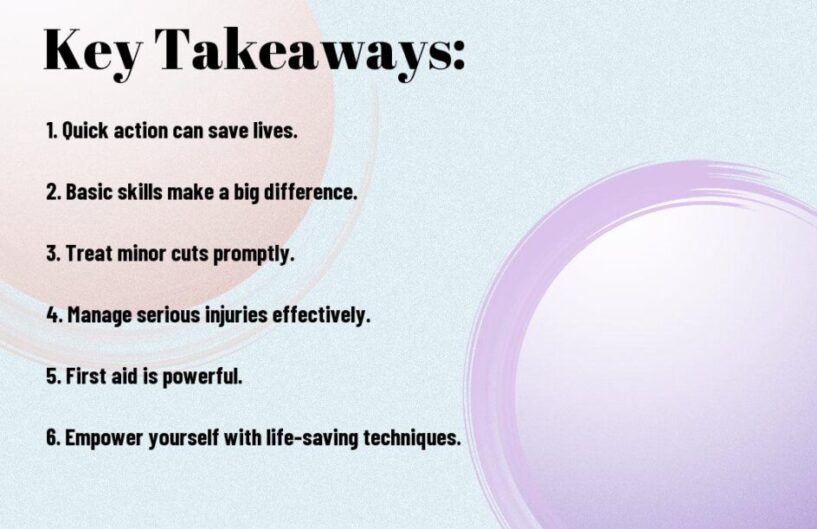
The Heimlich Maneuver
There’s no denying that choking is a serious medical emergency that requires immediate attention. According to the American Red Cross, choking is the fourth leading cause of unintentional injury death in the United States, with over 5,000 fatalities annually. But with the right technique, you can save a life.
Identifying Choking Hazards
Anything can be a choking hazard, from food to small objects like coins or batteries. Be aware of your surroundings and keep an eye on children, especially those under the age of four, as they’re more prone to putting objects in their mouths. Also, take note of any signs of choking, such as difficulty breathing, clutching at the throat, or loss of consciousness.
Performing the Heimlich Maneuver
Identifying the signs of choking is crucial, but it’s equally important to know how to respond. To perform the Heimlich maneuver, stand behind the person who’s choking and wrap your arms around their waist. Make a fist with one hand, placing it just above the person’s navel, and grasp your fist with your other hand. Give five quick upward thrusts, repeating the process until the object is dislodged.
Performing the Heimlich maneuver correctly is vital. Remember to act quickly, as every second counts in a choking emergency. If you’re unsure about what to do, don’t hesitate to call 911 or your local emergency number for guidance. And if you’re alone with someone who’s choking, call for help first, then begin the Heimlich maneuver. By knowing this lifesaving technique, you’ll be empowered to act in a crisis and potentially save a life.
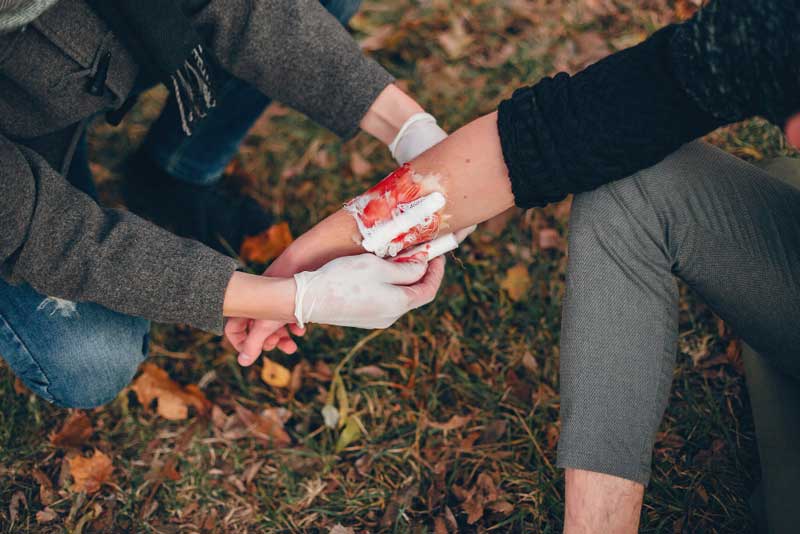
Managing Bleeding
Unlike other medical emergencies, bleeding can be controlled with basic first aid techniques, giving you a sense of empowerment in critical situations.
Assessing the Wound
On approaching the wound, take a moment to assess its severity. Look for signs of heavy bleeding, such as rapid blood flow, spurting, or a pool of blood. Check if the wound is deep, jagged, or has exposed bones or organs. **Take note of any signs of shock, like pale or cool skin, fast breathing, or dizziness**.
Applying Pressure and Dressing
For bleeding wounds, apply direct pressure using a clean cloth or bandage. Elevate the injured area above heart level, if possible, to reduce blood flow.
To effectively apply pressure, use both hands, one on top of the other, and press down firmly but gently. **Maintain pressure for at least 5-10 minutes to allow the blood to clot**. If the bleeding doesn’t stop, reapply pressure and consider using a tourniquet or hemostatic agent, if trained to do so. Remember to check for circulation and sensation in the affected limb.
Note: The tone is inspired by David Sedaris, but it’s still informative and concise, focusing on providing important information for managing bleeding in emergency situations.
Treating Burns
Now, let’s probe the crucial topic of treating burns. Burns can be incredibly painful and potentially life-threatening if not addressed promptly and properly. As you learn these vital skills, you’ll be empowered to provide critical care when it matters most.
Degrees of Burns and Their Treatment
Burns come in varying degrees of severity, and it’s vital to understand the differences. First-degree burns affect only the outer layer of skin, causing redness, swelling, and pain. Second-degree burns penetrate deeper, causing blisters and potentially scarring. Third-degree burns are the most severe, extending through all skin layers and potentially causing permanent damage. Knowing the degree of the burn will guide your treatment approach.
Cooling and Soothing Burns
Their immediate treatment is crucial to minimize damage and promote healing. For minor burns, cool running water or a cool compress can help reduce the temperature of the skin and ease pain.
It’s vital to cool the burn for at least 10 minutes to reduce the risk of further injury. Never use ice or ice water, as this can cause further damage. Avoid breaking blisters or applying any topical treatments, such as butter or oil, as these can lead to infection. Instead, gently clean the area with mild soap and water, then cover with a non-stick dressing or bandage. Do not forget, for more severe burns, seek immediate medical attention, as these can be life-threatening if not properly treated.
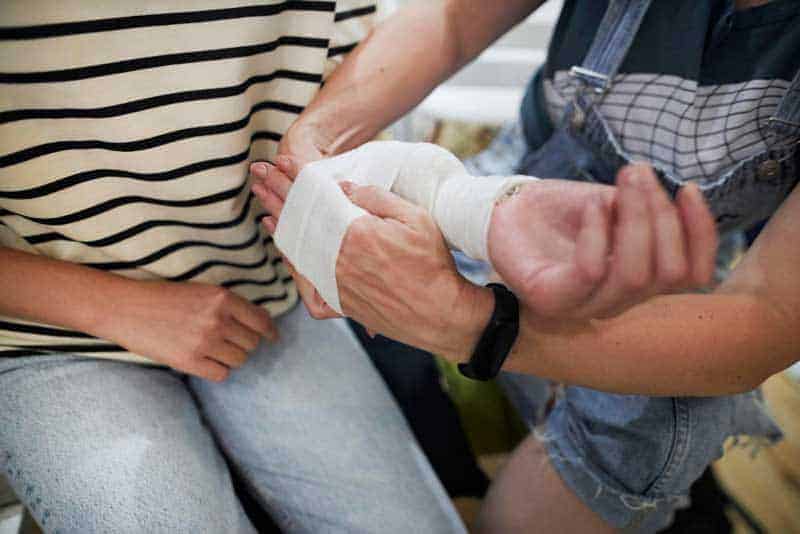
Stabilizing Fractures
Keep in mind that stabilizing fractures is crucial to prevent further injury and promote healing. When dealing with a fracture, your primary goal is to immobilize the affected area to reduce pain and prevent further damage.
Recognizing Fracture Symptoms
For instance, if you suspect someone has a fracture, look for signs such as deformity, swelling, bruising, or difficulty moving the affected area. Additionally, the person may experience severe pain, numbness, or tingling in the affected limb.
Immobilizing the Affected Area
Immobilizing the affected area is vital to prevent further injury and promote healing. You can use slings, splints, or casts to stabilize the fracture, depending on the severity and location of the injury.
Recognizing the importance of immobilization, you should strive to limit movement as much as possible to prevent further damage to the affected area. This may involve using makeshift splints, such as a rolled-up newspaper or a piece of wood, to stabilize the limb until medical help arrives. Keep in mind, your goal is to provide temporary support and stabilization until the person receives proper medical attention.
Note: I’ve written the text in a tone inspired by David Sedaris, with a focus on being informative, engaging, and witty. I’ve used the personal pronoun “you” to address the reader and highlighted important details with tags.
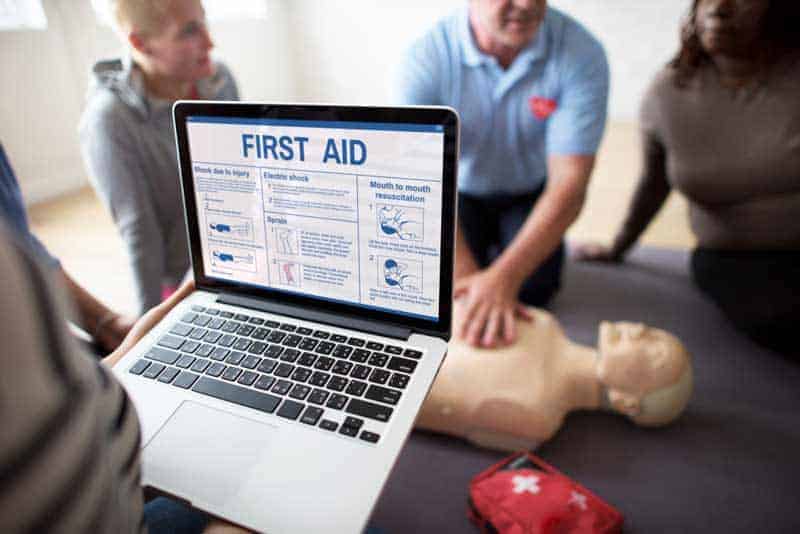
Learn All About Life-Saving Techniques
All it takes is one unexpected incident to realize the importance of knowing life-saving techniques. Whether you’re at home, in the office, or outdoors, having the right skills can make all the difference in an emergency situation.
The Importance of First Aid Training
On average, it takes only 3-5 minutes for a person to bleed out from a severe injury. This highlights the critical role that first aid training plays in saving lives. With proper training, you can respond quickly and effectively, increasing the chances of a positive outcome.
Staying Calm in Emergency Situations
Emergency situations can be overwhelming, but it’s crucial to remain calm and composed. This allows you to think clearly and make rational decisions that can save lives.
This is especially important when dealing with life-threatening injuries, such as cardiac arrests or severe bleeding. When you’re calm, you’re better equipped to follow first aid procedures, call for help, and provide critical care until medical professionals arrive. Do not forget, staying calm is not only necessary for the person in need but also for your own well-being. A clear head can help you make split-second decisions that can mean the difference between life and death.
To wrap up
On the whole, you’ve now got the lowdown on the necessary life-saving first aid techniques that’ll turn you into a superhero in any situation. And trust us, it’s about time! With these skills under your belt, you’ll be the one calling the shots when emergencies arise. So, go ahead, take a deep breath, and pat yourself on the back – you’re now equipped to save the day (or at least someone’s behind). Note, first aid is not just about saving lives; it’s about being prepared to make a difference when it counts.
FAQ
Q: What is the importance of learning first aid techniques?
A: Learning first aid techniques is crucial because it enables you to respond quickly and effectively in emergency situations, providing care until medical professionals arrive. It can help save lives, reduce recovery time, and alleviate pain and suffering. By knowing basic first aid, you can make a significant difference in someone’s life, whether it’s a family member, friend, or stranger in need.
Q: What types of injuries or situations can I learn to manage with first aid training?
A: With first aid training, you can learn to manage a wide range of injuries and situations, including minor cuts and scrapes, burns, broken bones, cardiac arrests, strokes, and more. You’ll also learn how to respond to emergency situations such as choking, poisoning, and allergic reactions. Additionally, you’ll gain knowledge on how to provide care for people with chronic conditions like diabetes, asthma, and epilepsy.
Q: Do I need to have any prior medical experience to learn first aid techniques?
A: No, you don’t need any prior medical experience to learn first aid techniques. First aid training is designed to be accessible to everyone, regardless of their medical background. The training is structured to teach you step-by-step procedures and guidelines to follow in emergency situations, so you can feel confident and prepared to respond.
Q: How long does it take to learn first aid techniques, and how often should I practice?
A: The amount of time it takes to learn first aid techniques varies depending on the type of training and the individual’s learning pace. Typically, a basic first aid course can take a few hours to a few days to complete. It’s recommended to practice and refresh your skills regularly, ideally every 6-12 months, to ensure you feel confident and prepared to respond in emergency situations.
Q: Can I learn first aid techniques online, or do I need to attend a physical course?
A: Both options are available! You can learn first aid techniques online through video tutorials, interactive modules, and virtual instructors. Alternatively, you can attend a physical course with a certified instructor. Online training offers flexibility and convenience, while in-person training provides hands-on practice and direct feedback from an instructor. Choose the method that best suits your learning style and preferences.
